Top 9 Architectural Gems of the Treasure State
The treasure state is aptly named, though it includes as many man-made treasures as natural wonders. Learn about Montana's top architectural treasures here!
It is one thing to read about Montana’s history in the pages of a book, but it’s worth exploring some of the architectural gems left behind from those who settled in the state to see first-hand how life unfolded in the West. Montana owes thanks to the folks who appreciated and cared for these three-dimensional historical treasures.
Many Glacier Hotel: Glacier National Park
There is much to love about Glacier Park, but the one scene that always takes my breath away is standing on the hill above Many Glacier Hotel and drinking in the view of the mountainous landscape. This massive Swiss-style lodge hugs the shores of Swiftcurrent Lake. The hotel was built by Louis Hill, founder of the Great Northern Railway, along with his son James. Their goal in building lodges and chalets in Glacier was to lure visitors to the park which they promoted as the “American Alps.” The construction of the Hotel took just one year, 1914-1915, and featured an interior mix of Swiss Alps, Oriental, and American West styles, thanks to Louis’s eclectic taste. The imposing lobby features massive cedar logs brought in from the West coast by the rail, along with an impressive circular staircase. A recent renovation has restored the hotel to its former glory.
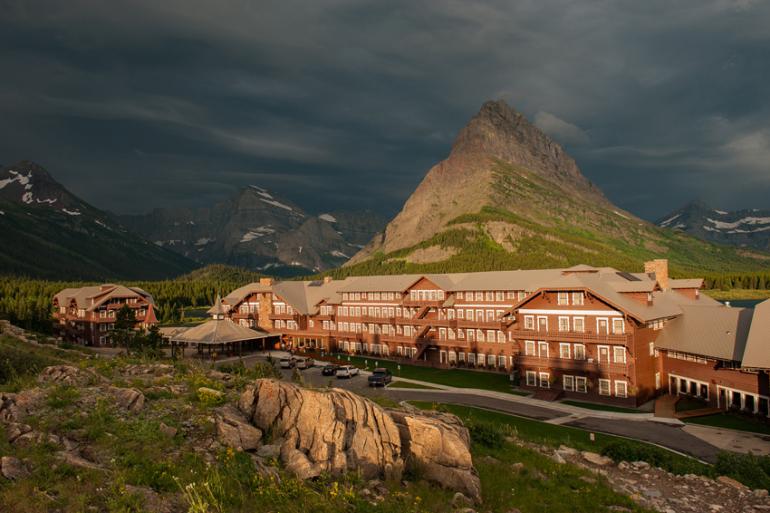
The Castle: White Sulphur Springs
The small community of White Sulphur Springs rose up to serve the needs of ranchers in the area. The Castle, an imposing stone mansion, was designed and built by Byron Sherman in 1892. Born in New York, Sherman headed west to seek his fortune and ended up in the Smith River Valley. He left his mark on the local economy with the development of a stagecoach line between Helena and White Sulphur Springs, developing real estate and building the first local electric light plant. Money was no object in creating his “stone castle.” Hand-cut granite blocks were hauled in by oxen from the Castle Mountains, a distance of 12 miles. Italian marble was featured in the washrooms. Sherman moved to California and sold the Castle in 1905. Today, this 12-room beauty is a seasonal museum operated by the Meagher County Historical Association.
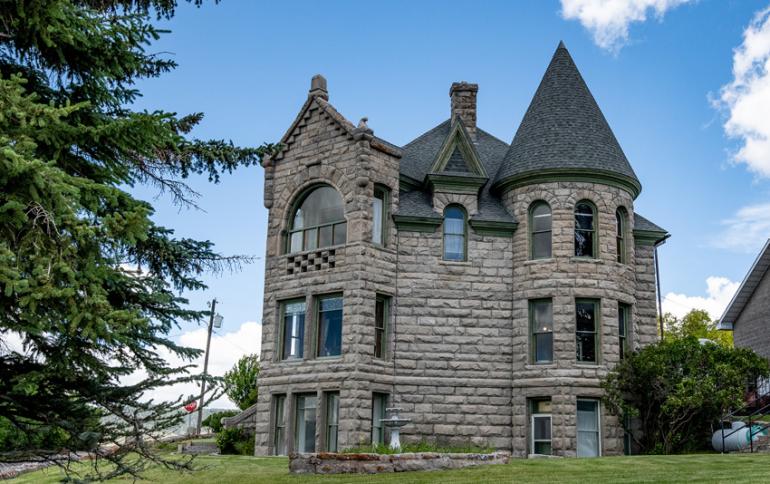
Livingston Depot: Livingston
Livingston’s history owes its beginnings to the Northern Pacific Railroad. The Railroad used the town as a jumping off point for visitors headed to Yellowstone Park, who would continue their journey via a spur line, then stagecoach into Yellowstone. To accommodate the growing numbers of passengers, the NP Railroad hired Reed & Stem, the architects that designed Grand Central Station in New York, to create a showpiece depot. Started in 1901 and completed in 1902, the elegant Livingston Depot featured two graceful colonnades on either side of the main building, which opened onto a central courtyard adjacent to the tracks. Over the years, with railway mergers and eventual decline of passenger rail service, the depot was no longer needed. The Livingston Depot Foundation oversees the building (now owned by the City of Livingston) which functions as a museum during the summer months as well as a community center for programs held throughout the year.
Soldier's Chapel: Big Sky
The Soldier’s Chapel has a firm grip on a peaceful corner of Big Sky despite being surrounded by an explosion of growth in the area over the last 20 years. This simple, non-denominational Christian memorial chapel, squarely framed by majestic Lone Peak, is visible along US 191. Colonel Nelson Story III, a descendant of Montana pioneer Nelson Story, was part of the 163rd Infantry Regiment. He lost his son in combat during WWII. To honor his son and the men of his Regiment, who also died in combat or from a disease on foreign soil, Story built the Soldier’s Chapel. He donated the land, designed the Chapel, and covered most of the building costs. Dedicated in 1955, the Chapel is open daily from Memorial Day to Labor Day during the summer months with services at 11 a.m. on Sundays.
It is also popular for weddings.
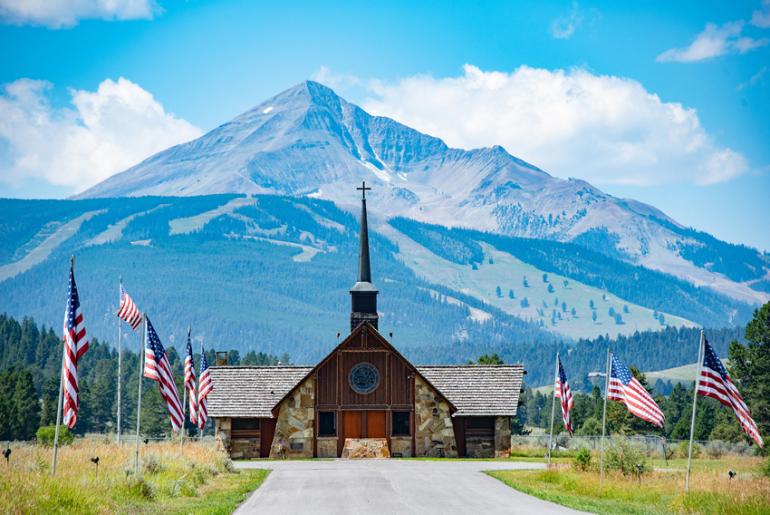
Daly Mansion: Hamilton
The sprawling Daly Mansion in Hamilton looks like something out of “Gone With the Wind.” Originally the Anthony Chaffin homestead, Marcus Daly, one of Montana’s wealthy “copper kings,” purchased the property and farmhouse in 1886 to be used as a summer home for his family. The Mansion was completely remodeled over the years, first in 1889, again in 1897, and finally in 1910, after Daly’s death but under the guidance of Mrs. Daly. Upon Mrs. Daly’s death in 1941, the Mansion was boarded up for 40 years. In 1986, the State of Montana purchased the Mansion and open it to the public in 1987. The home has over 50 rooms, with 25 bedrooms, 15 bathrooms, as well as seven fireplaces, five of which have imported Italian marble. Today, the Daly Mansion is a major attraction in the Bitterroot Valley for guided tours and other public events.
Cobblestone School: Absarokee
The Cobblestone School in Absarokee speaks to the ingenuity of Montana’s pioneers. This area was originally the location of the Crow Indian Reservation. When the reservation moved further east, settlers moved in and the town of Absarokee was founded in 1883. Starting with a one-room log cabin schoolhouse, then a Sandstone Building in 1910 to accommodate school children, it became clear a separate high school was needed. The locals went to work raising money through dances, bazaars and bake sales. They gathered stones from nearby fields and riverbeds and with volunteer labor and a $20,000 school bond, started work in 1917 on the Cobblestone School. The school, completed in 1921, saw the first five students graduate in the spring of 1922 with the help of three full-time teachers. The building served as a high school until 1990. Today, the school serves as a gathering place for community events.
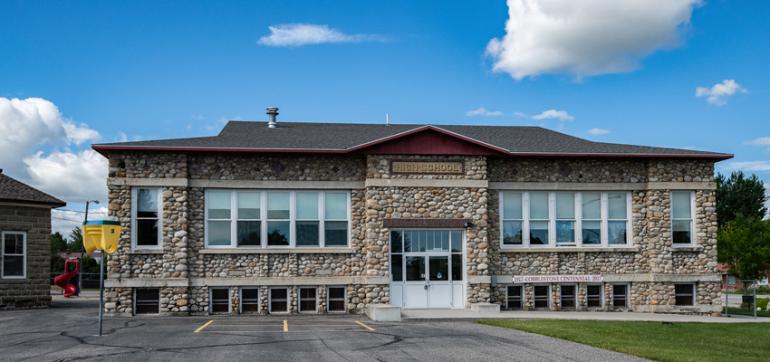
Copper King Mansion: Butte
The Copper King Mansion in Butte holds the distinction of being a museum by day and a bed and breakfast by night. This 34-room Victorian beauty was the home of William A. Clark, one of Montana’s “copper kings” and a US Senator from 1904-07. Construction started in 1884 and was completed in 1888 at the cost of around $500,000 (a drop in the bucket for the wealthy Clark). Clark’s son inherited the Mansion which eventually was sold to the Catholic Diocese and used as a home for nuns for 17 years. The Cote family purchased it in 1953. To help with the upkeep of the Mansion, Mrs. Cote rented out rooms. Her daughter inherited the mansion and turned it into a museum, furnishing it with antiques, including some of the original Clark furniture. Today, the grandchildren of Mrs. Cote operate the museum and the bed and breakfast.
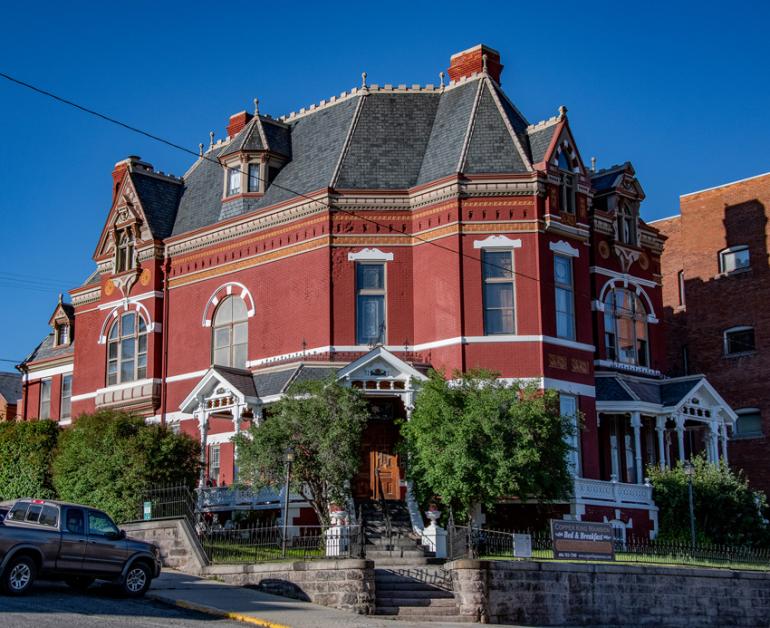
Doncaster Round Barn: Twin Bridges
Just over a mile north of Twin Bridges is the striking Doncaster Round Barn (also known as the Bayer’s Barn). The barn was built in 1882 by Noah Armstrong, who made his fortune in mining and was keen on having a place to raise thoroughbreds. The first floor of the barn held stalls for the horses, while the second floor was used to store hay and feed. The top floor contained a windmill-driven water system. Armstrong had two horses that were winners in the Kentucky Derby. Spokane, born in the barn, won the Derby in 1889 and Lord Raglan took third place in 1883. In 1933, the Bayer’s family purchased the barn and ranch and used it as an auction facility for selling their purebred Hereford cattle and bulls. The new owners have restored and repurposed this beauty as a venue for holding events and weddings.
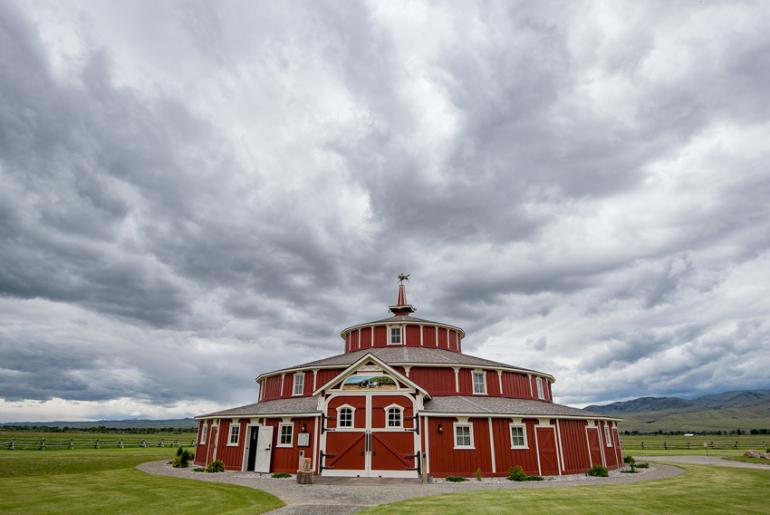
Catherderal of Saint Helena: Helena
Reigning supreme over the city of Helena is the Cathedral of Saint Helena, modeled after the Votivkirche in Vienna, Austria. Construction started in 1908, with the church holding its first mass in November 1914. Construction continued for 10 years at an estimated cost of $645,000. The Cathedral was consecrated in June 1924. An outstanding feature is the stained glass in the Cathedral’s 59 windows, which depict scenes from the Old and New Testament. In the fall of 1935, a series of earthquakes in Montana severely damaged the south tower of the Cathedral. The tower was rebuilt and reinforced and back in business by 1938. Legend has it that Col. Raynor Roberts, who went to high school in Helena and fought in WWII, brought his P-51 fighter to Helena in 1945, buzzed the houses of his mom and girlfriend and then tilted his plane sideways and flew between the Cathedral’s spires.
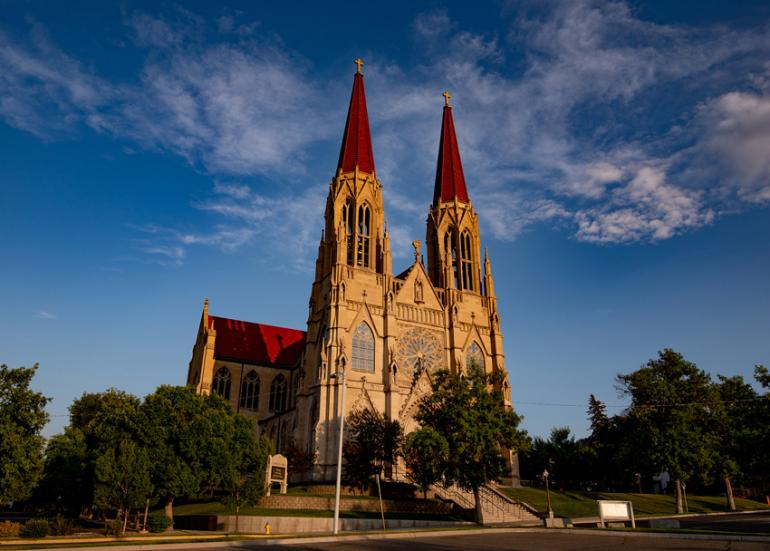
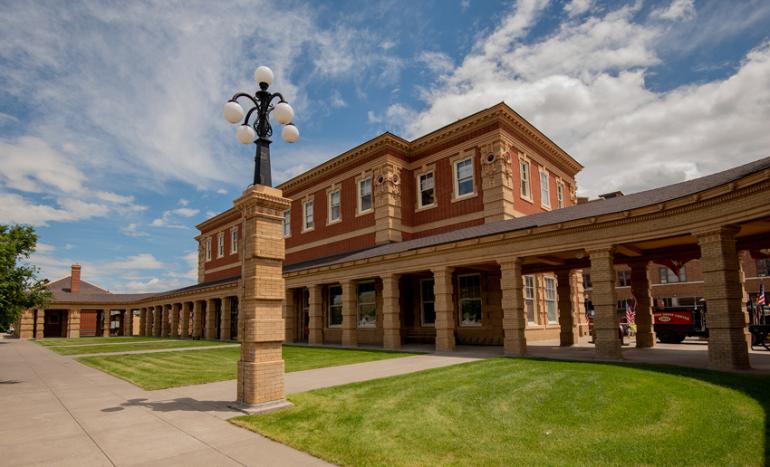
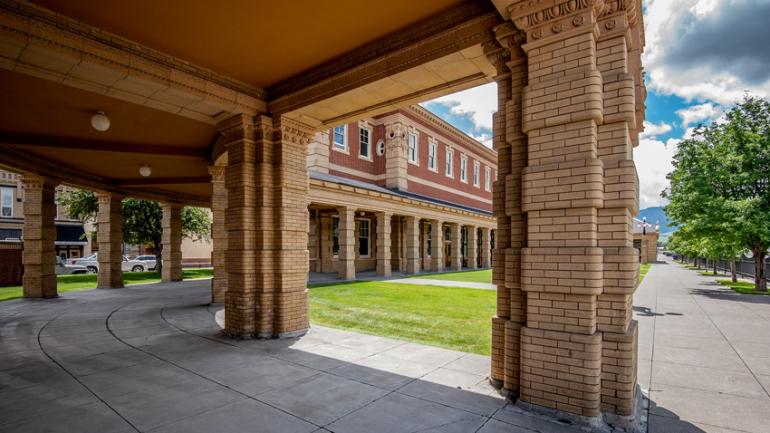
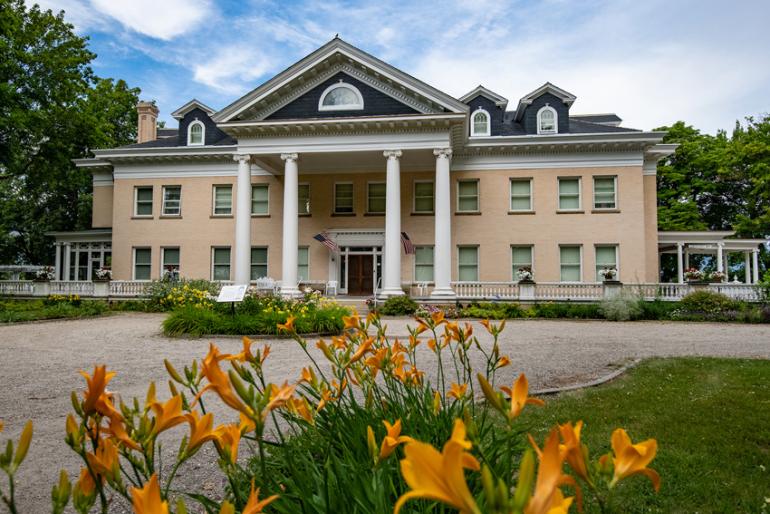
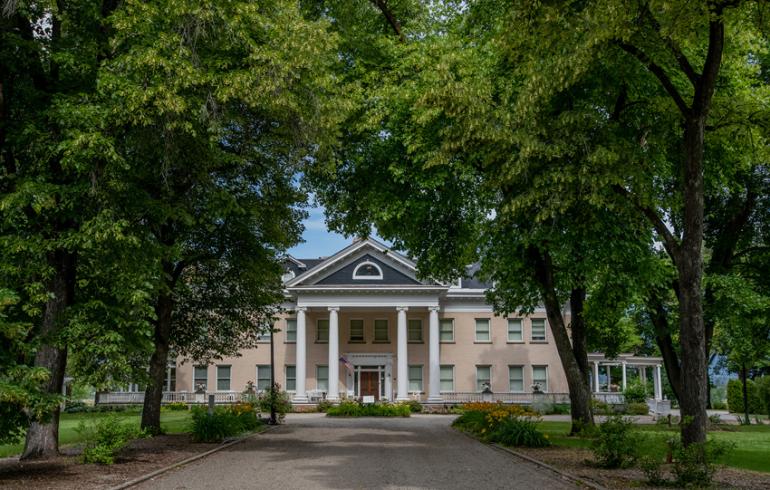






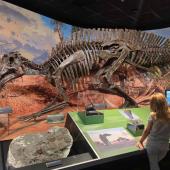
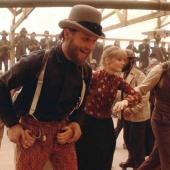
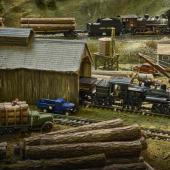

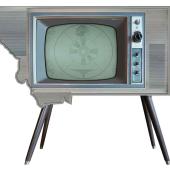
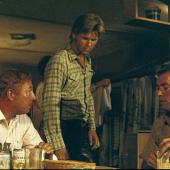
- Reply
Permalink